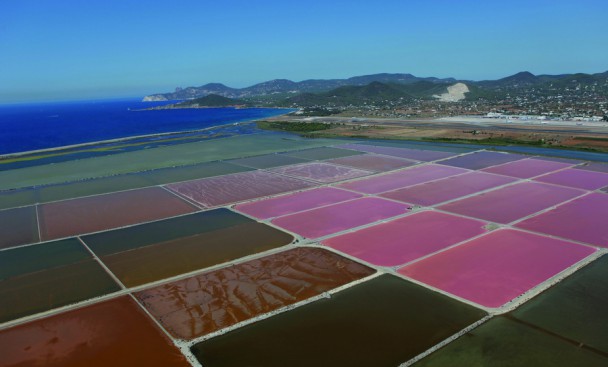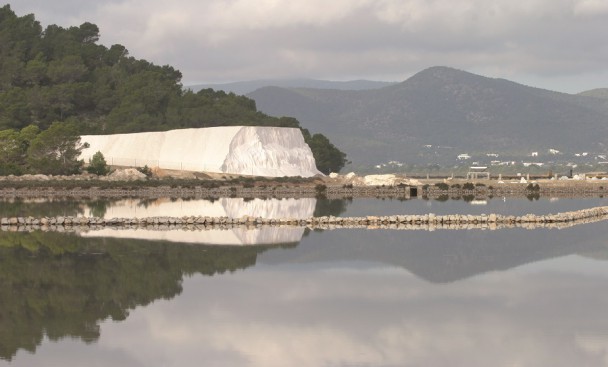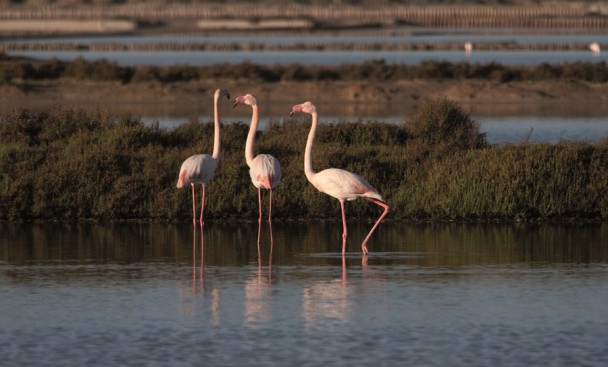The Natural Park of Ses Salines of Ibiza and Formentera is located between the Pitiusas islands and covers from the south of Ibiza to the north of Formentera, including the narrow sea channel that divides them and has an approximate extension of 2.838,44 land hectares and more than 13.000 by sea.
Maritime Environment: The maritime environment represents 75% of the park’s territory and is known for the ecological importance of the underwater vegetation of Posidonia Oceanica. Such marine plant, exclusively found in our sea, helps safekeeping of fish stocks, marine organisms, oxygenates the water by keeping them clean and transparent, protects beaches of erosive waves and maintains a natural dynamic in sand dunes, which were declared to be World Heritage by UNESCO.
Terrestrial Environment: The park’s terrestrial environment includes a great variety of most vegetation formations that exist in the Pitiusas islands of more than 178 different plant species. The Mediterranean pine forests, coastal juniper groves, saltworts and halophytic vegetation surrounding the pools is represented, as well as the sand dunes and coastal vegetation in cliffs.
Wildlife: 210 new bird species have been identified in the natural park. We can highlight stock of aquatic birds such as flamingos (Phoenicopterus ruber), storks (Himantopus himantopus), white crested ducks (Tadorna tadorna), Kentish plovers (Charadrius alexandrinus) and aquatic birds such as the Audouin gull (Larus audouinii) and the Balearic shearwater (Puffinus mauretanicus). Other terrestrial species worth mentioning are the Pitiusan lizard (Podarcis pityusensis), symbol of the islands, and different subspecies in the islets, the dormouse or the white Sacoa rat (Eliomys quercinus ophiusae) of Formentera, as well as different species of snails and endemic beetles.
Culture: The remains of ancient civilizations and historic traces all over the Pitiusas islands are present in the Natural Park. This is reflected in the remains found in the Phoenician village of Sa Caleta (declared World Heritage by UNESCO) and the defense towers scattered all over the Park’s coastline. The presence of a millennial salt industry, along with its historic, cultural and socioeconomic value, add a unique landscape providing beauty and relevance, perfectly integrated in the natural ecosystems.
Telephone: 971 177 688


